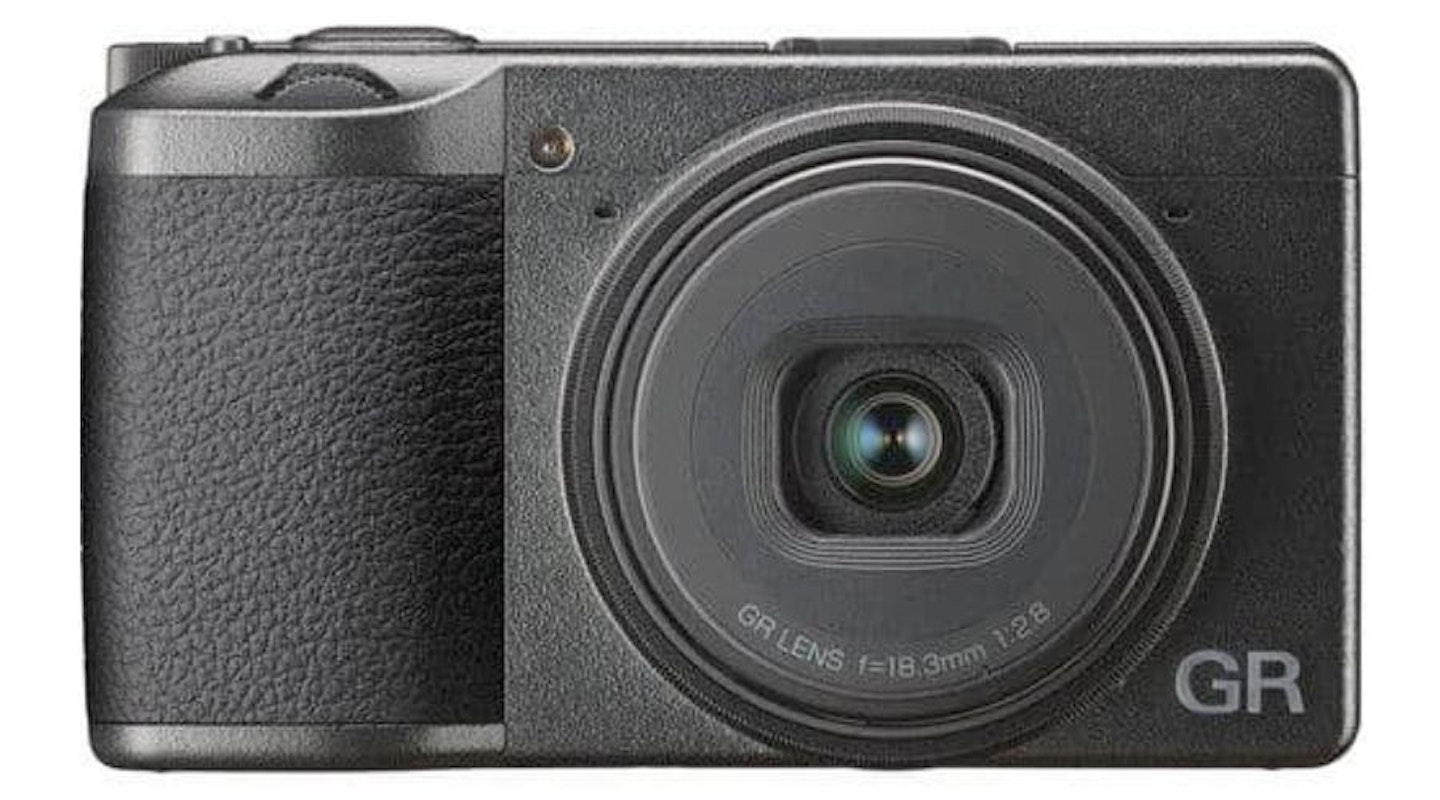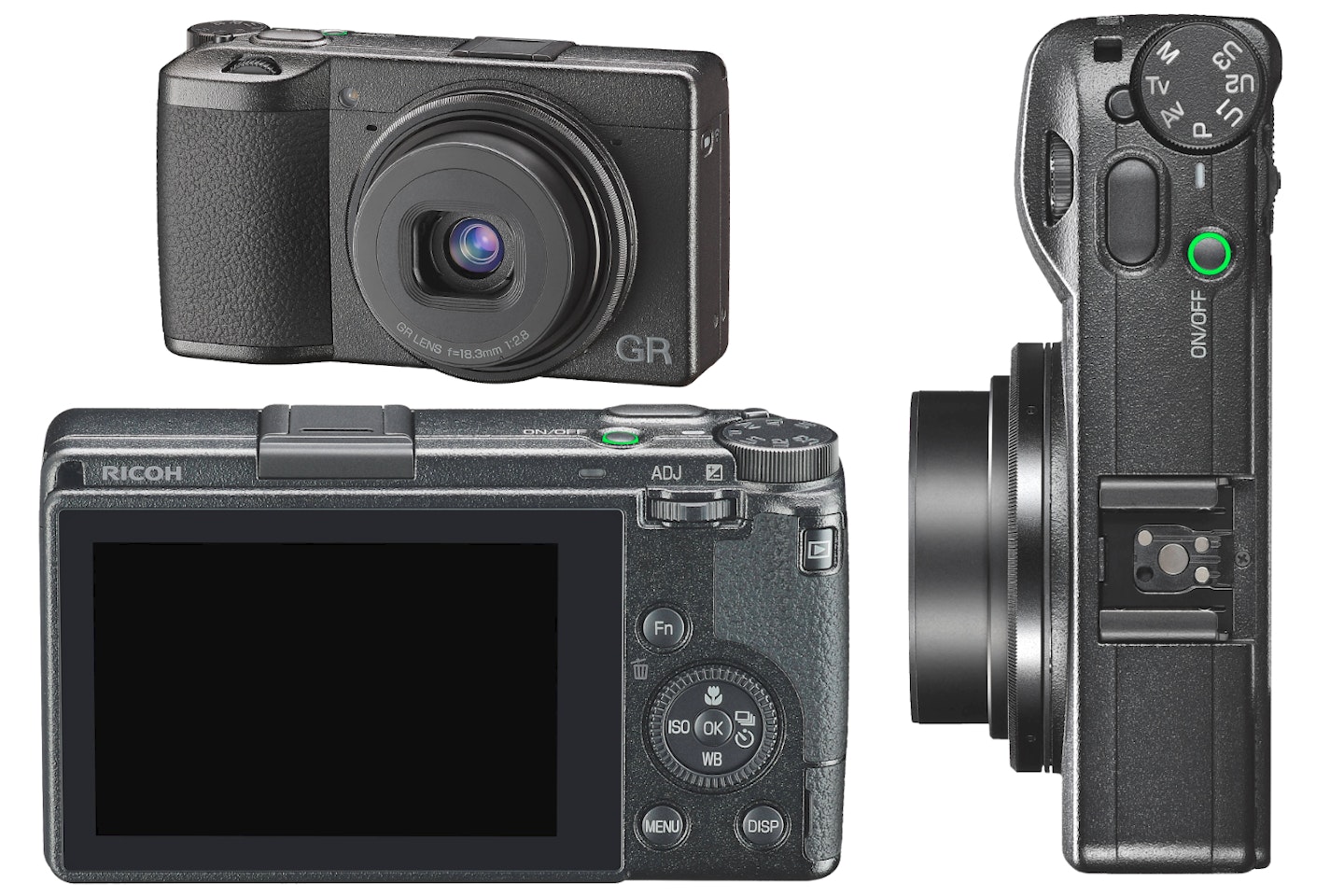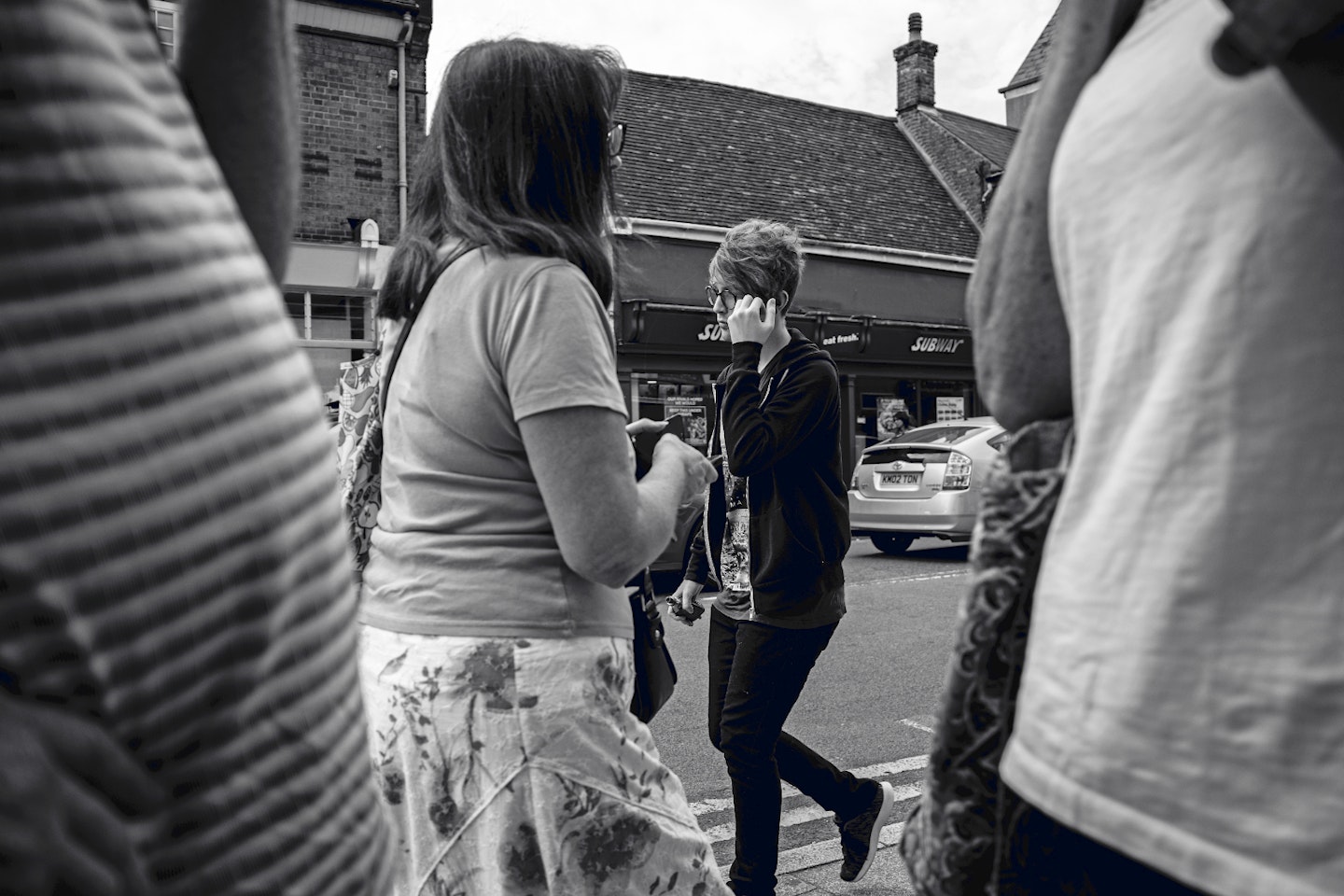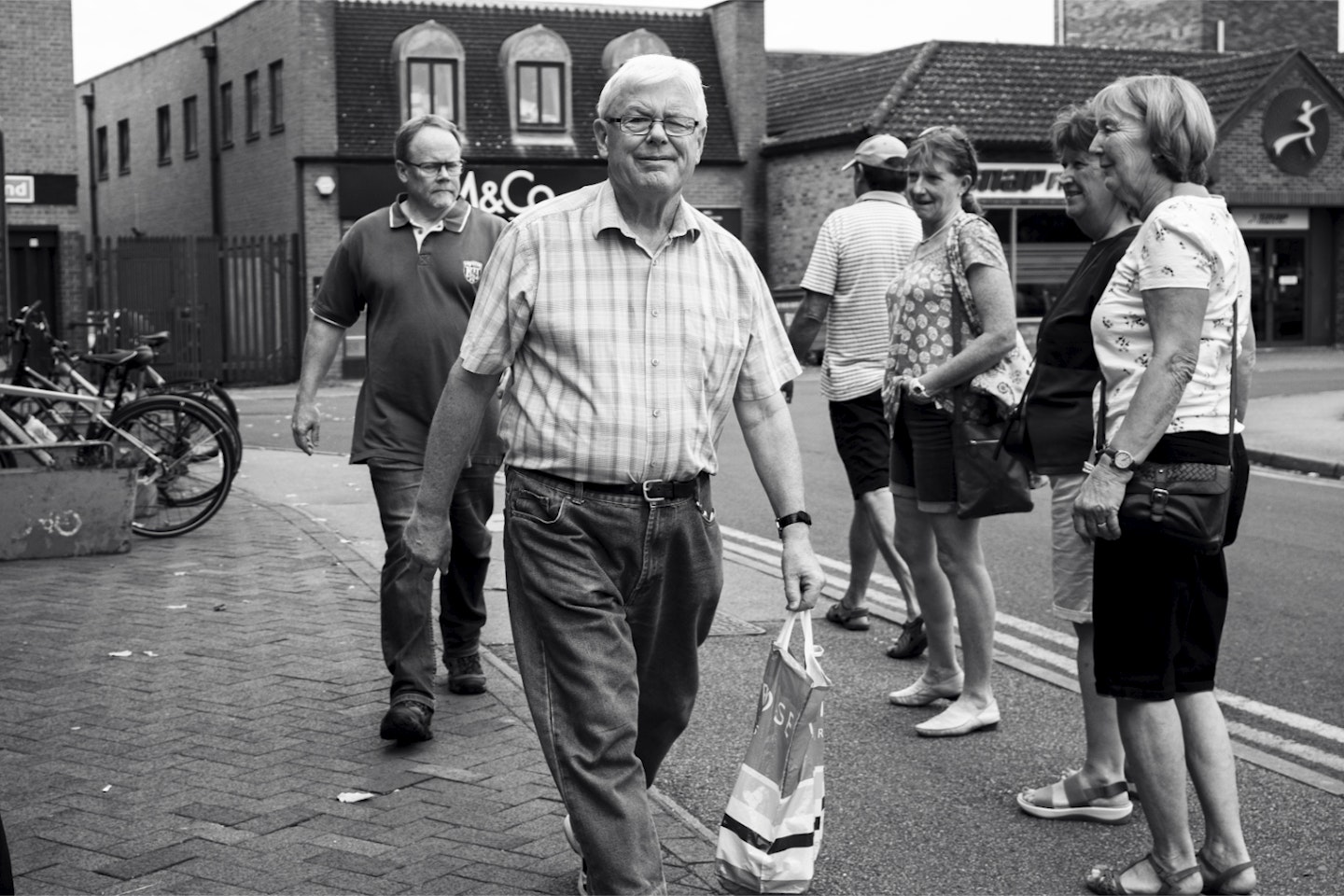Ricoh's GR range has fast become the stuff of legend among street photographers, and is often classed by minimalists as some of the best cameras available. It builds from a compact base, while aiming to give exceptional image quality – the perfect match. However, with so many advancements made in mirrorless tech, is the GR III still relevant?
Note: This review was originally published in Practical Photography magazine. No opinions have been changed from the time of review.
1.
Ricoh GR III
 Ricoh
RicohPros
- Compact and lightweight
- The 28mm f/2.8 lens is very sharp
- Images look great, especially the vibrant colour rendition and tones
Cons
- The AF system is a little off the mark
- Battery life is disappointing and spares are expensive
| Effective resolution | 24.2MP |
| Processor | GR Engine 6 |
| LCD | 3in 1037k-dot fixed air-gapless touchscreen |
| Shutter | Bulb, 30-1/4000sec |
| Autofocus | Hybrid Phase Detect AF system |
| ISO | 100-102,400 |
| Shooting speed and video | 4fps for up to 25 RAWs, 1080p Full HD at 60fps |
| Other features | Other features: Face Detection and Tracking, Interval timer, Exposure bracketing, Macro mode, In-built ND filter effect, Digital crop, Interval composite, Multi-exposure, 3-axis in-body image stabilisation. Battery life: 200 shots |
| Card type | 1x SD/SDHC/ SDXC and UHS-II |
| Size and weight | 109x62x33mm, 257g |
 MPB
MPBwww.mpb.com
Note: Price varies depending on condition.
Main features

Ricoh has included a 24.2MP APS-C sensor, fixed 18.3mm f/2.8 lens and GR Engine 6 processor. It can rattle out 14-bit RAW files, features a maximum ISO of 102,400 and a 4-stop 3-axis in-body image stabilisation system. You also get an in-built digital ND filter effect and a three-inch 1034k-dot touchscreen that's great for navigating the new wealth of phase-detect AF modes and settings.
• Glassy eyed: The 28mm equivalent lens boasts a wide fixed f/2.8 aperture and produces some brilliantly sharp images. You can also use the digital crop to shoot at 35 and 50mm.
• Pick a pocket: Weighing a slight 257g, the GR III will happily sit in your pocket between shots. It also comes with the benefit of utmost discretion – a huge bonus for blending in.
• N-Delightful: Ricoh has packed in an ND filter effect. This digital ND can be set to automatically darken exposure in brighter scenes, allowing you to shoot wide open at f/2.8.
• Screen queen: The three-inch 1037k-dot touch LCD is great for framing subjects on the fly, and the air-gapless technology makes it easier to see in bright daylight.
• Keep your focus: The new phase detect AF system boasts eight modes, including Snap mode, and Auto-area AF, which includes face tracking to help get portraits.
Handling and build
The GR III is incredibly compact. In fact, at a mere 257g, it’s lightweight and small enough to be truly pocketable – ideal for making sure you always have a camera with you. This is good news for street photographers looking for the decisive moment, or anyone looking for a travel camera.
Despite being diminutive, it boasts a magnesium alloy chassis for a rugged look. The fixed touchscreen also features a smart air-gapless design, which is said to make it easier to view in sunlight.
Performance

The actual process of shooting with the GR III is a joy. It's simple to use, and features a minimal control scheme, which relies on menu interaction. This is an area that Ricoh has designed well, and navigating settings and features by touch is a breeze. Of course, the essential physical controls are still present, such as the mode dial, shutter button and control wheel that doubles up as a four-way shortcut hub. You even have a customisable Fn button to map your most used feature to. Finally, the dual control wheels are perfect for adjusting your shutter speed and aperture on the fly.
There isn't a built-in EVF, and we thought we'd miss this for creating precisely framed shots, but we actually found this enhanced a certain way of shooting, and aided with candid shots, especially when trying to blend in with tourists. It has the added benefit of making you think about composition creatively, yet allows you to swing it around for unusual framing in an organic way. it may take a little getting used to, but it feels like more of a strength than a weakness. However, if you do find yourself missing a viewfinder, you can purchase one that clips into the hotshoe – it's called the Ricoh GV-3 and even through MPB.com its £200-plus.
Small in size, large in stature

One of the biggest strengths of the GR III is its innocuous appearance. Posing as your average compact means people will be oblivious to your shooting. However, this compact camera boasts some impressive photo chops, and the images look great. The RAW files give a solid range of flexibility, though the straight-out-of-camera JPEGs show a good amount of vibrancy and saturation, as well as colour reproduction. The lens is extremely sharp, and the final files benefit as a result, while avoiding feeling clinical. We did try pushing the ISO right to the maximum 102,400, though found shots virtually unusable. Anything up to ISO 6400 remained respectably clean.
The lens, focus and battery

The lens is well built and returns great image quality. Though it's fixed, providing a 35mm equivalent of 28mm, you can use digital cropping to shoot at 35mm and 50mm. This will, of course, produce a smaller resolution file, but we're happy to report that image degradation wasn't a huge issue here, and we were happy shooting at any of the expanded settings if extra reach was required.
The AF system has received a complete overhaul, and now boasts eight modes. Some of these are traditional AF-S and AF-C for continuous shooting, and then there's also Auto-area AF, which includes a face recognition system, and Snap AF. While continuous focus and facial recognition works, it lacks the consistency of class-leading APS-Cs. The snap AF, which allows you to set a specific distance to recall when you half-press the shutter, such as one metre for example, is a GR staple. It's ideal if you want to spend a day hunting for a specific type of shot, such as close-up, or if you're comfortable working with zone focusing.
Sadly, for all the fun you can have with the GR III, the battery life lets it down. It advertises 200 shots, but in reality, you'll likely be heading home after 150. Thankfully, it does allow USB charging, but in this day and age it falls very short of the required standard in this area. Spare batteries are always an option, but that soon adds to the overall price of the GR III.
Verdict
The GR III is a solid update in every way, and brings a lot of new, more advanced tech to the fore. The 3-axis image stabilisation and improved AF system are both welcomed. The lens, though virtually identical to its predecessor, does a great job of capturing sharp images, and the colour reproduction is top-notch.
However, we have seen more competent AF systems in similarly priced cameras, such as the Fujifilm X-T30 (which is available second-hand for under £700) or Sony α6400. While we enjoyed shooting with the GR III, we just wished the battery capacity was meatier, though it does excel in both size and stealth benefits.
Similar items to consider
Like the sound of the GR III but would prefer a tighter frame? Consider the GR IIIx, a revision of the original model featuring a 40mm equivalent lens.
Note that stock is inconsistent for new units, but used units are readily available.
The Sony α6400 is a powerful and compact mirrorless which you can customise to be your little compact shooter, whether for carrying every day or taking on travels. Not only does it kick out some excellent quality images, but the AF modes are some of the best available.
If street photography is your thing, then consider the XPro3. It has a hidden LCD to prevent chimping while shooting and offers interchangeable lenses via the X-mount. Not to mention, it carries Fuji's beloved Film Simulation modes.
Who tested it?
The Ricoh GR III was tested for the magazine Practical Photography by Kirk Schwarz. With a passion for capturing moments and exploring the intersection of technology and creativity, Kirk is a seasoned writer boasting over a decade of expertise in photography and laptops. With a keen eye for detail and a profound understanding of the evolving tech landscape, Kirk has become a trusted authority in the field.
Why should you trust us?
At What's The Best, our mission is to provide accurate and reliable reviews, ensuring our readers receive honest and transparent information about the best technology products available. Anything less would undermine our commitment to being a trusted source of unbiased product information.
Our dedicated in-house writing team comprises experts with extensive experience and a genuine passion for technology. Collectively, we have spent decades testing and writing about tech, leveraging our expertise in all our articles, advice pieces and reviews.
We maintain complete editorial independence and do not accept payment for product reviews. Our writers have full control over their content, ensuring that products are selected based solely on the needs of our readers. While we may earn commissions or other compensation from links on our website, this never affects our product choices. These links enable us to continue offering valuable consumer advice, without compromising the integrity of our reviews.
How we test products at What's The Best
Real people, real reviews and trusted buying advice.
Tired of confusing tech reviews? At What's The Best, we cut through the jargon with down-to-earth product evaluations. Our team of experienced reviewers puts everyday gadgets to the test, using them just like you would. We don't waste time on unrealistic scenarios; instead, we focus on real-world performance that matters to consumers.
This means unbiased buying advice you can trust. We only review products that are significant and relevant, so you can be sure you're getting the latest insights. Haven't seen a review for what you're looking for? Don't worry, we're constantly adding new products to our growing catalogue.
For in-depth details on our testing process, visit our dedicated tech and electronics how we test page.
Kirk Schwarz is a tech-addicted photographer with more than a decade's experience. Kirk is very used to putting new gear through extreme field-testing.
Subscribe to the What's The Best Newsletter to keep up to date with more of the latest reviews and recommendations from Kirk and the rest of the What's The Best team.



